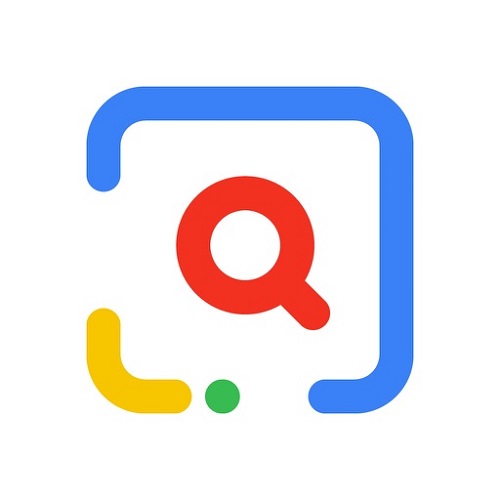Have you heard the expression “I see it, I like it, I want it”? Anyone who works in sales knows that people buy first and foremost through the eyes. You can be the best salesperson and spend hours describing the benefits of a product, but if the product is not pretty, you can forget about making the sale.
Because no matter how rational we think we are as a species, we are still animals who work by visual stimulation. The first contact we had with the world was through the eyes, and from then on, we judge all things by how they look.
You know this very well, otherwise you would not have spent so many hours and much effort to make your website look as pretty as it does or try so hard to make the cover photo of each publication the one that best represents the content and draws more attention. So if you think about it, it seems even counterintuitive to use a word search engine on the web.

Using a search engine within your website serves to help the user to explore through the different contents that your store has. In addition, it can be used to automatically generate the “related articles” that are usually seen below the product so that the customer finally finds what he is looking for and buys it.
But imagine that the customer is looking at an item called “leather platform shoes”. The clients may be looking at them because they need shoes that are made of leather and have a platform, or they may be looking at them because they saw the photo of the shoe and thought it would match their dress.
A search engine, of course, will return other shoes that are made of leather and have a platform, the problem is that these shoes are from a different designer or brand and look completely different, they can have a very different design from the one the customer is seeing.

That is why many stores are incorporating similar image search APIs into their websites. These tools use the photo of the product that the customer is viewing to return similar products as results. In this way, the customer will be able to explore more quickly among all the similar products until he finds the one he likes.
One of the APIs that is being used the most lately is the Reverse Image Search API, a tool that is also used by advertisers to evaluate the success of a campaign by searching for all the times that a flyer or poster has been shared on the web.
Reverse Image Search API can also be inserted into the web as a search engine. This way, if a customer enters the store looking for a product that Google found, they can simply insert the URL of the product image and the API will return all the products that look like the one in the photo they used.
Reverse Image Search API has different plans according to the number of aff calls that are going to be made. Thus, the subscription value can be adapted to the traffic of each store that wishes to implement it. Another advantage is its help service, which can guide you through the implementation of the tool in the store and assist you with any questions or problems you may have when using it. Its just a matter of contacting the developer, and you can start providing customers with a new way to find the product they’ve been needing.


